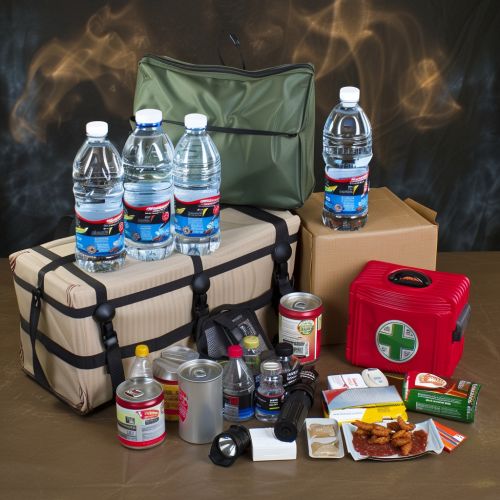Emergency Preparedness
Introduction
Emergency preparedness refers to the measures taken to prepare for and reduce the effects of disasters. These disasters could be natural, such as earthquakes, hurricanes, and floods, or man-made, like nuclear disasters, chemical spills, and terrorist attacks. The goal of emergency preparedness is to ensure that appropriate systems, procedures, and resources are in place to provide prompt assistance to disaster victims, thereby reducing the human, economic, and environmental losses.


Principles of Emergency Preparedness
The principles of emergency preparedness provide a framework for effective disaster management. These principles include comprehensive planning, regular training and education, coordination among various agencies, and continuous evaluation and improvement.
Comprehensive Planning
Comprehensive planning is the cornerstone of emergency preparedness. It involves identifying potential risks and vulnerabilities, and developing strategies and plans to mitigate these risks. This includes creating emergency plans, disaster recovery plans, and business continuity plans.
Regular Training and Education
Regular training and education are crucial to ensure that individuals and organizations are prepared to respond effectively in the event of a disaster. This includes training in first aid, emergency response procedures, and the use of emergency equipment.
Coordination Among Various Agencies
Effective emergency preparedness requires coordination among various agencies, including emergency services, healthcare providers, government agencies, and non-governmental organizations. This ensures a unified and effective response during a disaster.
Continuous Evaluation and Improvement
Emergency preparedness is a continuous process that requires regular evaluation and improvement. This involves reviewing and updating emergency plans, conducting drills and exercises, and incorporating lessons learned from past disasters.
Elements of Emergency Preparedness
The elements of emergency preparedness include risk assessment, emergency planning, resource management, emergency communication, training and education, and recovery planning.
Risk Assessment
Risk assessment involves identifying potential hazards, assessing the vulnerability of individuals and communities to these hazards, and estimating the potential impact of these hazards. This information is used to prioritize risks and develop appropriate mitigation strategies.
Emergency Planning
Emergency planning involves developing plans to respond to and recover from disasters. These plans outline the roles and responsibilities of individuals and organizations, and provide guidelines for decision-making during a disaster.
Resource Management
Resource management involves identifying, acquiring, storing, and distributing resources needed during a disaster. This includes food, water, medical supplies, and emergency equipment.
Emergency Communication
Emergency communication involves establishing and maintaining communication systems to disseminate information during a disaster. This includes warning systems, public information systems, and communication systems for emergency responders.
Training and Education
Training and education involve providing individuals and organizations with the knowledge and skills needed to respond effectively during a disaster. This includes training in first aid, emergency response procedures, and the use of emergency equipment.
Recovery Planning
Recovery planning involves developing plans to restore normal operations after a disaster. This includes repairing infrastructure, providing psychological support to disaster victims, and rebuilding communities.
Conclusion
Emergency preparedness is a critical aspect of disaster management. It involves a comprehensive approach that includes risk assessment, emergency planning, resource management, emergency communication, training and education, and recovery planning. By adhering to the principles of emergency preparedness and implementing its elements, individuals, organizations, and communities can significantly reduce the impact of disasters.
